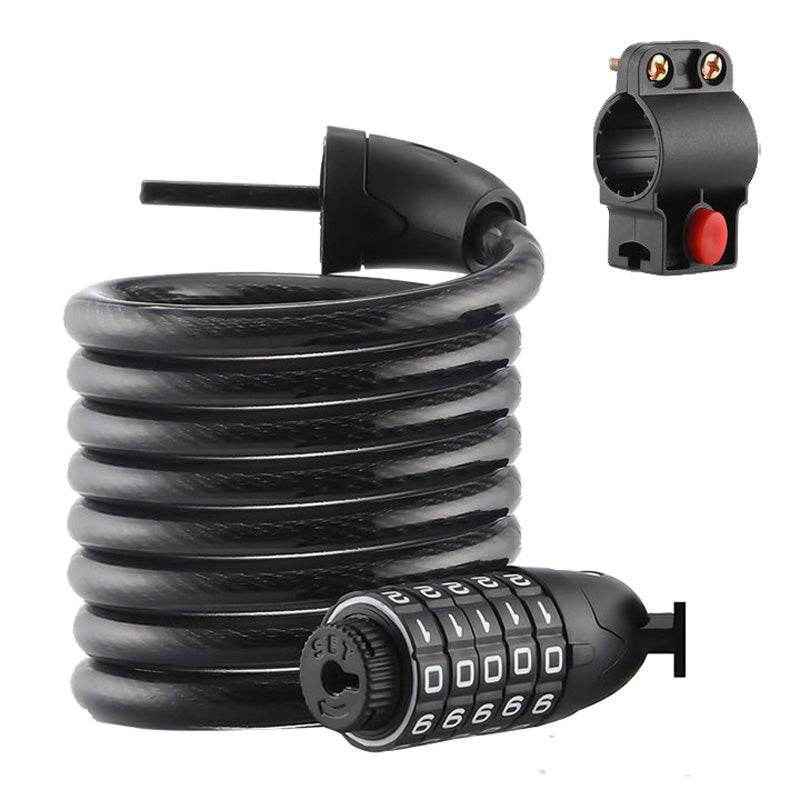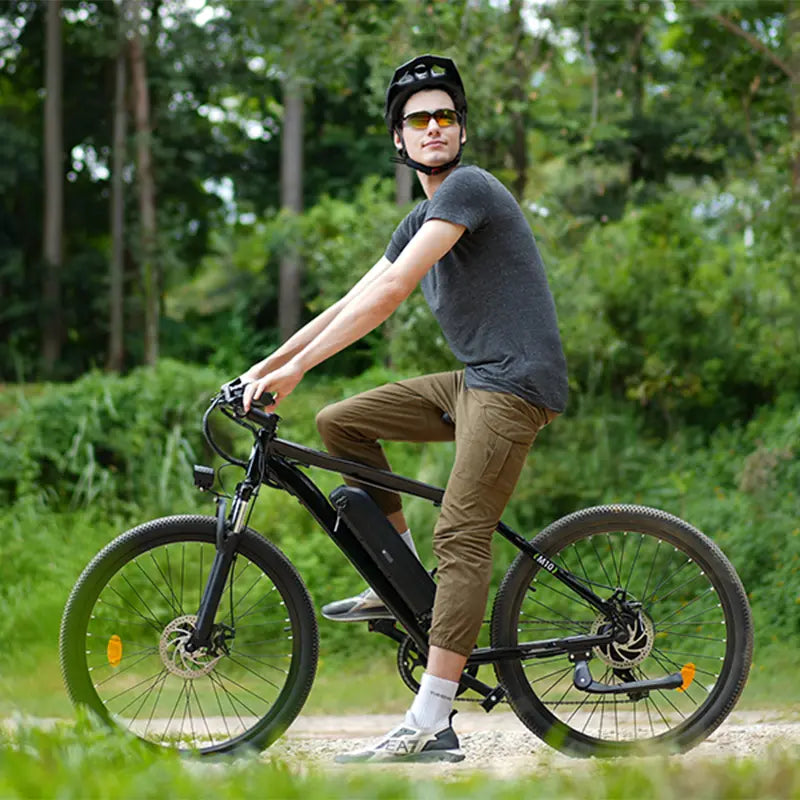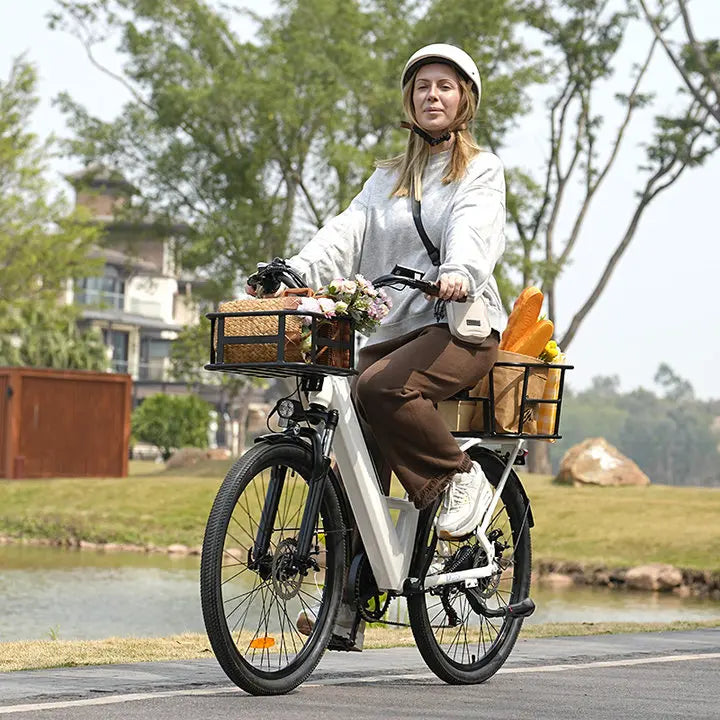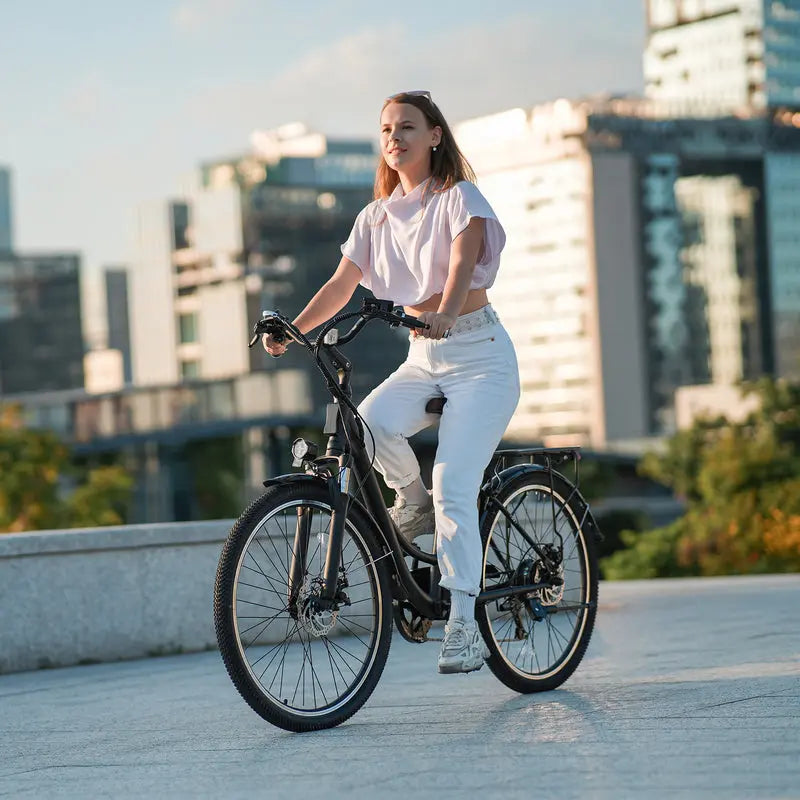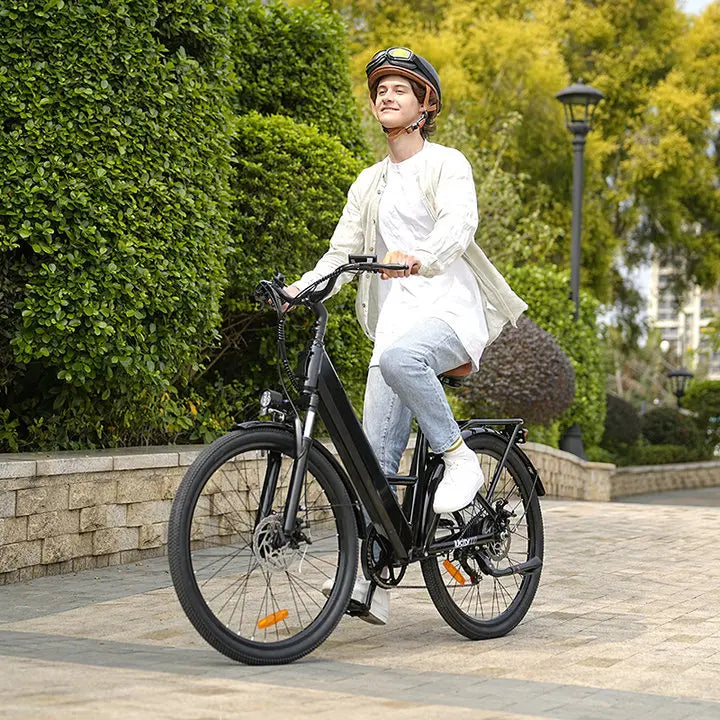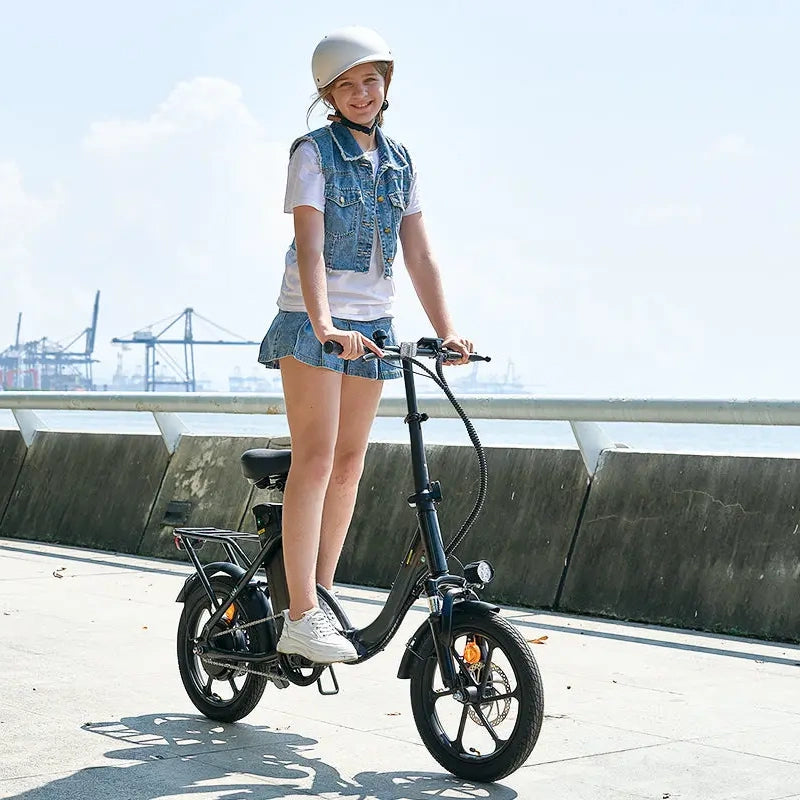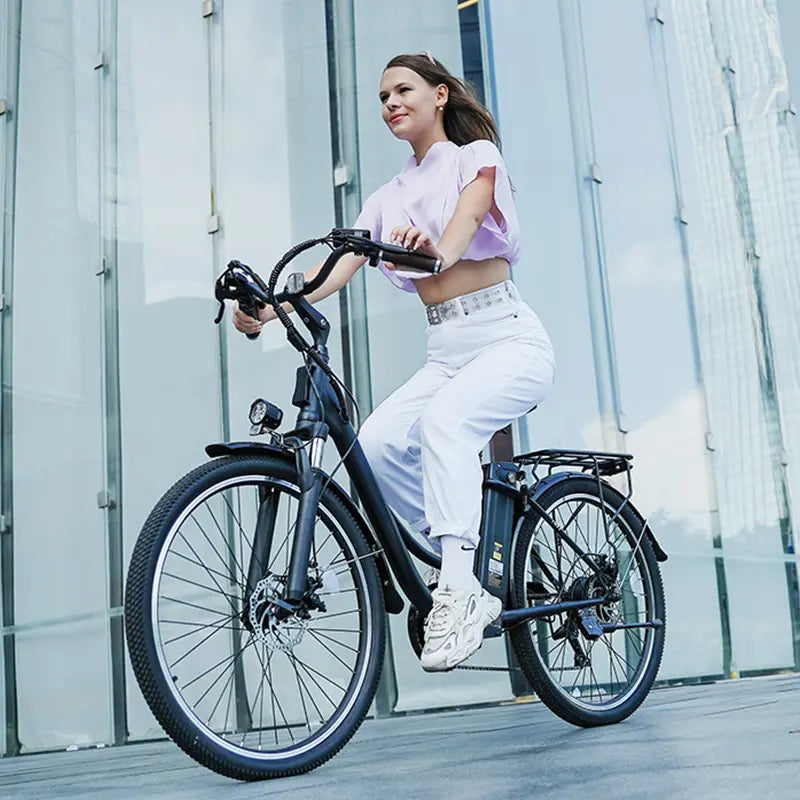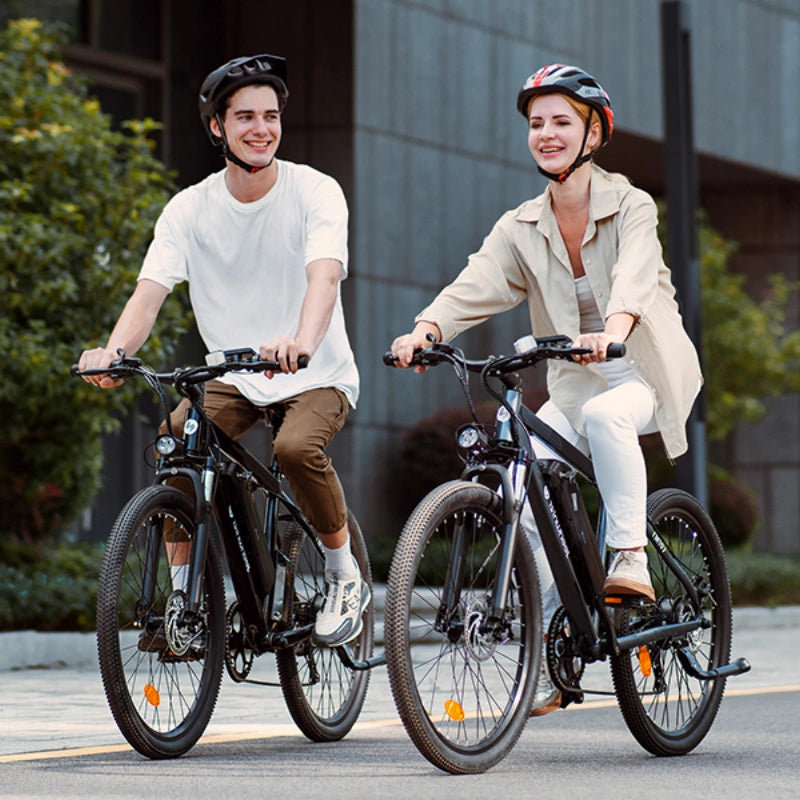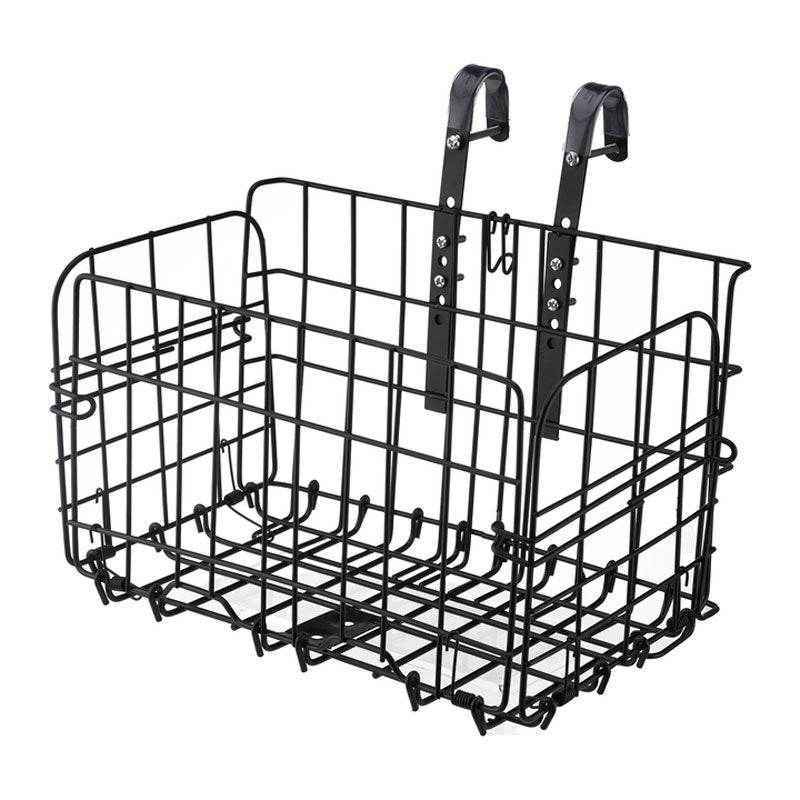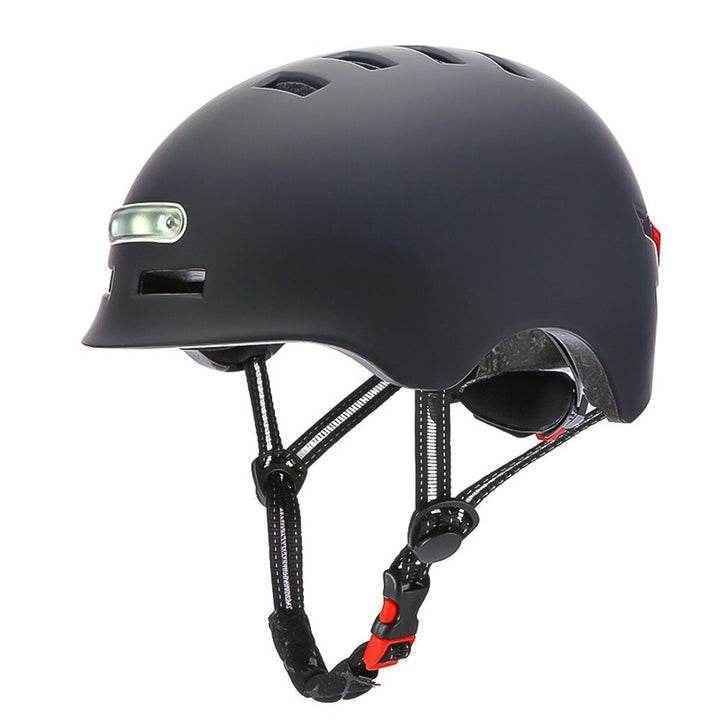How to Ride An Electric Bike
Electric bikes, or e-bikes, have transformed the way we cycle — combining the freedom of traditional cycling with the ease of electric assistance. Whether you’re a complete beginner or simply new to riding an e-bike, learning how to ride one is straightforward and rewarding. With a bit of guidance, you'll be cruising along city streets, countryside trails, or your daily commute in no time.
In this guide, we’ll walk you through everything you need to know — from preparing your e-bike before setting off, to using the pedal assist system (PAS), mastering the controls, and following the rules of the road. Riding an electric bike isn’t just about getting from A to B — it’s about making cycling easier, more fun, and more accessible for everyone.
Preparation: Before Riding An Electric Bike
Before setting off on your electric bike, it’s essential to ensure you’re fully prepared. Whether you’re commuting to work, heading out for leisure, or using your e-bike for errands, the following steps will help you stay safe, legal, and ready for the road.
Charge the Electric Bike Battery
First and foremost, make sure your e-bike’s battery is fully charged. A fully charged battery ensures you get the maximum range and consistent power support throughout your journey. Charging times vary depending on your model, but most take between 3 to 6 hours to reach a full charge. Always use the manufacturer’s recommended charger, and avoid overcharging to extend the lifespan of your battery.
Understand the Pedal Assist System (PAS)
Most e-bikes in the UK are fitted with a pedal assist system (PAS), which provides motor support as you pedal. It’s worth familiarising yourself with the different assist levels – typically ranging from low (eco mode) to high (turbo or sport mode). Lower levels conserve battery but require more effort from you, while higher settings give you a bigger boost, useful for hills or quick getaways. Practise switching between modes so you feel comfortable before joining traffic.
Test and Understand Your Brakes
Electric bikes are often heavier and faster than traditional bicycles, which means braking distances can be longer. Test both the front and rear brakes before every ride. Make sure the brake levers feel firm and responsive. If your e-bike has disc brakes, listen for any unusual noises that might suggest wear. Regular maintenance is key to safe stopping power, especially in wet or icy UK weather.
Check Tyres, Lights and Overall Condition
Give your e-bike a quick once-over. Are the tyres properly inflated? Are the lights working (especially if you’ll be riding in low-light conditions)? Is the chain well-lubricated? Loose bolts, worn-out tyres, or dim lights can make your ride unsafe. Remember, in the UK, front and rear lights are legally required when cycling at night.
Wear a Helmet and Suitable Clothing
Although helmets are not legally required for adults in the UK, they are strongly recommended – particularly when riding in traffic or at higher speeds. Wear high-visibility or reflective clothing to improve your visibility, especially during early mornings or evenings. Avoid loose trousers or long scarves that could get caught in the chain.
Know the Legal Requirements in the UK
In the United Kingdom, not all electric bikes are treated equally. Here are the key rules:
-
Speed limit: The motor can only assist you up to 15.5 mph (25 km/h). Beyond that, you’ll need to pedal under your own power.
-
Motor power: The maximum legal motor output is 250 watts.
-
No throttle-only bikes: The motor must only provide assistance when you’re pedalling. Throttle-controlled e-bikes that propel the bike without pedalling are only allowed if they were manufactured before 1 January 2016 and meet certain conditions.
-
Minimum rider age: You must be at least 14 years old to ride an electric bike on public roads.
-
No licence, tax or insurance required for standard e-bikes that meet these regulations. However, e-bikes that exceed these limits are classified as mopeds and require registration, insurance, a driving licence, and safety gear like a helmet.
Plan Your Route
Finally, plan your route in advance. Take advantage of cycle lanes and shared-use paths where possible. Use apps or maps designed for cyclists to find the safest and most efficient paths through your town or city.
How to Ride An Electric Bike: Tips for Beginners
Getting on an electric bike for the first time can be exciting but slightly daunting. Whether you're returning to cycling after a long break or are completely new to two wheels, e-bikes offer a smooth and supportive way to get moving. Here are some helpful tips to get you started with confidence.
-
Start in a Safe, Quiet Location
Before venturing onto busy streets, practise in a quiet, open area such as a park path, empty car park, or residential cul-de-sac. This gives you a safe space to get used to the bike’s weight, handling, and how the pedal assist system (PAS) responds. Take time to get comfortable mounting and dismounting, steering, braking, and shifting through assist levels.
-
Use the Lowest Assist Setting to Begin With
Most e-bikes have multiple assist levels – usually labelled Eco, Normal, and High (or similar). As a beginner, it’s best to start in the lowest setting. This allows you to ease into riding with minimal power boost, giving you more control and a better feel for the bike. As your confidence grows, you can increase the level for more support on hills or when riding into wind.
-
Start Pedalling Before the Motor Kicks In
Electric bikes with pedal assist require you to start pedalling before the motor engages. You’ll feel a gentle push once you begin moving – this is completely normal. To prevent sudden acceleration, especially in higher assist levels, make sure you’re balanced and in control before you start pedalling.
-
Get Familiar with the Controls
Every e-bike is slightly different, so take a few minutes to understand the layout of your specific model. Know where the assist level buttons are, how to turn lights on and off, how to check battery level, and how to change gears if your bike has them. Some models also have digital displays showing your speed, mileage, or power level.
-
Brake Early and Gently
Because electric bikes tend to be heavier and faster than standard bicycles, it’s important to brake earlier than you might expect. Always apply the rear brake first, then the front, and squeeze both gently to slow down smoothly. Practising emergency stops in a safe environment will help build your reflexes and confidence.
-
Keep a Steady Pace
Try to maintain a consistent pedalling rhythm rather than stopping and starting too often. Electric bikes reward steady cycling with efficient use of battery and smoother rides. Avoid jerky movements or sudden swerves, especially when sharing the road with other cyclists or vehicles.
-
Stay Aware of Your Speed
It’s easy to underestimate how fast you’re going on an e-bike – the motor makes acceleration effortless. Always be aware of your surroundings and adjust your speed accordingly, especially in pedestrian areas, shared paths, or when approaching junctions.
-
Follow UK Road Rules
As an e-bike rider in the UK, you’re expected to follow the same rules as traditional cyclists:
-
Ride on the left-hand side of the road.
-
Obey traffic lights and road signs.
-
Use hand signals clearly when turning.
-
Do not ride on pavements unless they’re marked as shared-use.
-
Be courteous to pedestrians and other cyclists.
-
At night, ensure your front and rear lights are on and visible.
-
Build Confidence Gradually
There’s no need to tackle steep hills or rush-hour traffic on your first day. Start with short rides on familiar roads or cycle paths and gradually increase your distance. Riding with a friend or experienced cyclist can also help ease nerves and provide encouragement.
-
Enjoy the Ride!
Above all, remember that electric bikes are designed to make cycling easier and more enjoyable. Whether you’re commuting, exploring the countryside, or just popping to the shops, you’ll quickly appreciate the smooth assistance and freedom that an e-bike offers. Stay relaxed, ride smart, and most importantly – enjoy every journey.
Riding an Electric Bike in the UK: The Rules You Need to Know
Electric bikes, or e-bikes, offer a convenient, eco-friendly and enjoyable way to travel — whether you're commuting to work, running errands, or simply exploring your local area. However, it’s important to understand the legal rules that apply when riding an electric bike in the United Kingdom. These rules ensure both your safety and compliance with the law.
|
Requirement |
EAPC |
Motorcycle/Moped Class |
|
Age Requirement |
14+ years |
16+ years (varies) |
|
Pedals |
Yes |
Not required |
|
Max Motor Power |
250 watts |
Over 250 watts |
|
Assisted Speed Limit |
15.5 mph (25 km/h) |
Often higher |
|
Licence Required |
No |
Yes |
|
Tax and Insurance |
No |
Yes |
|
Helmet Required |
Recommended, not mandatory |
Legally required |
|
Where You Can Ride |
Roads, cycle lanes/paths |
Roads only |
What Counts as an EAPC?
To be legally classified as an Electrically Assisted Pedal Cycle (EAPC) in the UK, an electric bike must meet several technical requirements. Firstly, the bike must be equipped with pedals that can be used to propel it — this is a fundamental feature of an EAPC. The vehicle may have two or more wheels, which means that electric tricycles and even quadricycles can qualify, provided they meet all other conditions.
An EAPC must not be solely powered by a throttle unless it was manufactured and approved before 1 January 2016. These older models may still be used under the so-called "grandfathering" rule, as long as they comply with earlier regulations. For modern e-bikes, power assistance should only be available when the rider is pedalling. An exception exists for certain “twist-and-go” models, but these must have been type-approved for legal use in the UK.
Regarding the motor, the e-bike must have a maximum continuous rated power output of no more than 250 watts. The motor is also not permitted to assist the rider when the bike exceeds 15.5 miles per hour (25 km/h). Any assistance above this speed must come solely from the rider’s pedalling.
Finally, to be road-legal, an EAPC must be clearly marked with specific details. These include the manufacturer’s name and the motor’s continuous rated power output. In addition, the bike must display either the battery’s voltage or the maximum speed the motor can achieve. These markings are essential for enforcement purposes and help determine whether a bike falls within the legal EAPC category.
Electric bikes are a fantastic way to get around, but it’s crucial to know which category your bike falls into and to follow the appropriate rules. If you’re unsure whether your e-bike qualifies as an EAPC, check the manufacturer’s documentation or seek advice from a trusted retailer or the DVSA.
Is an electric bike easy to ride?
Yes, an electric bike is generally very easy to ride, even for beginners.
In fact, many people find e-bikes easier to ride than traditional bicycles because the pedal assist system (PAS) provides a helpful boost when you need it — such as when going uphill, starting from a stop, or cycling into the wind. This means you can ride further, faster, and with less effort, making cycling more accessible to people of all fitness levels and ages.
-
Smooth power delivery: The motor activates gently as you pedal, giving you a natural, intuitive ride.
-
Customisable assist levels: You can choose how much help you want — from a light boost to full support.
-
No need to overexert: You can avoid getting sweaty or tired, especially on longer journeys.
-
Comfortable design: Many e-bikes are built with upright riding positions and wide saddles for added comfort.
That said, there may be a short adjustment period if you’ve never used one before. E-bikes are usually a bit heavier than normal bikes and accelerate more quickly, so it’s a good idea to practise in a quiet area first.
Final Words
Riding an electric bike is an enjoyable, practical, and eco-friendly way to get around — whether you’re commuting, running errands, or exploring the countryside. With a bit of practice and an understanding of how the pedal assist, brakes, and controls work, you'll quickly gain confidence on two wheels.
Always ride responsibly, follow UK road rules, and wear appropriate safety gear. Most importantly, enjoy the freedom and convenience that comes with e-cycling. Once you’ve experienced the effortless boost and smooth ride of an e-bike, you may never want to go back to a traditional bicycle again.












